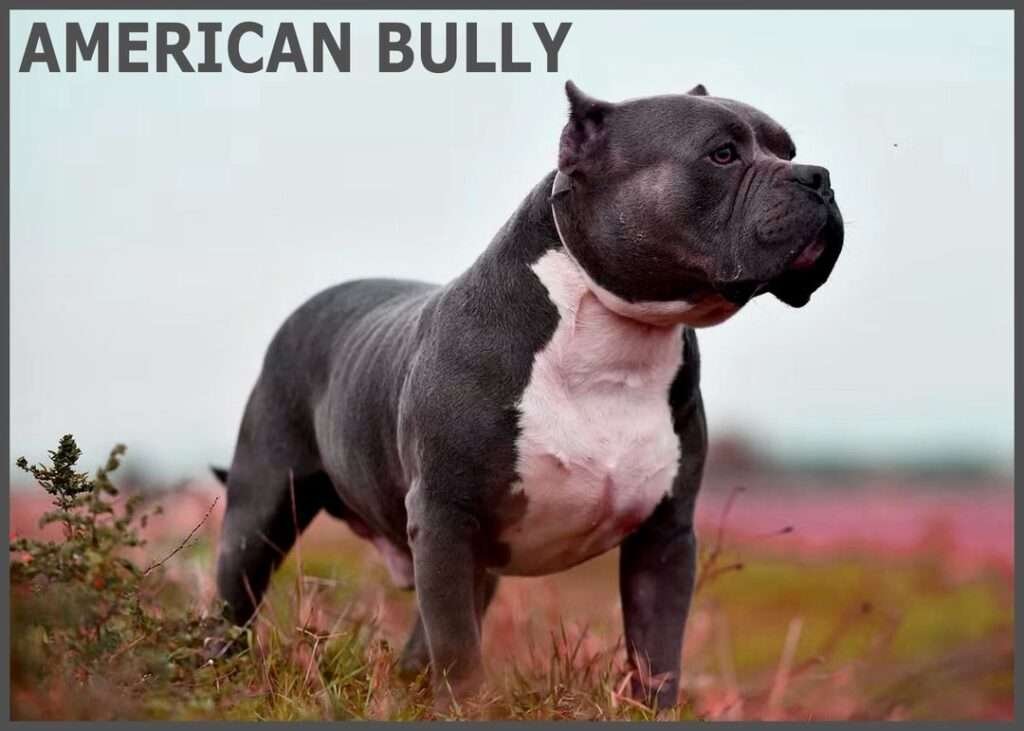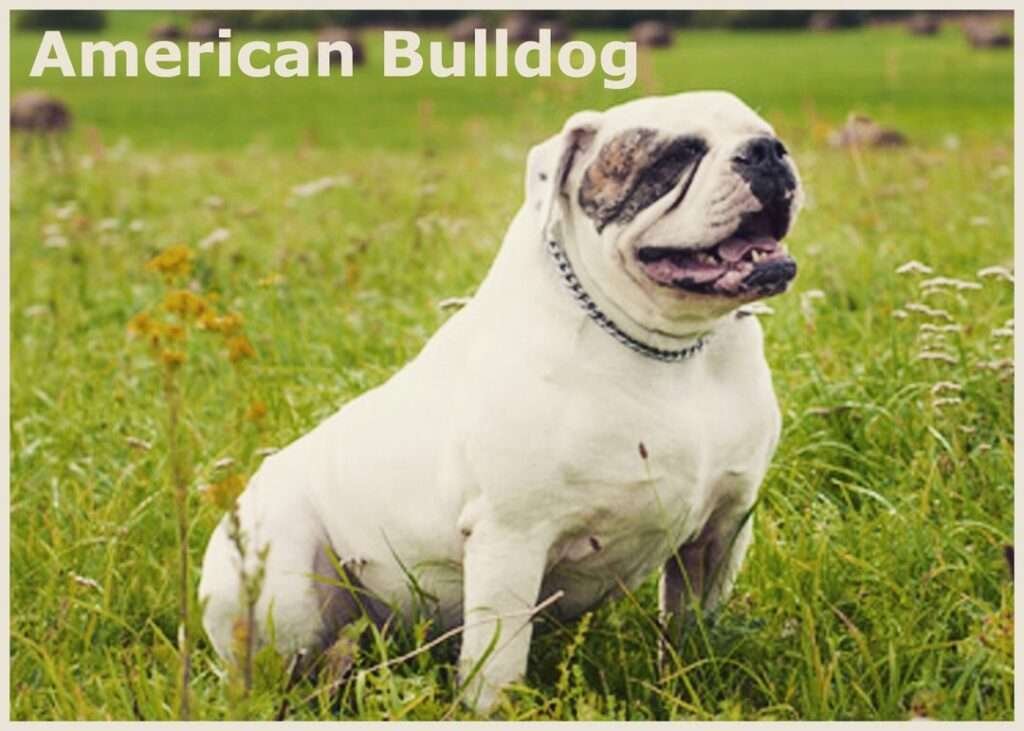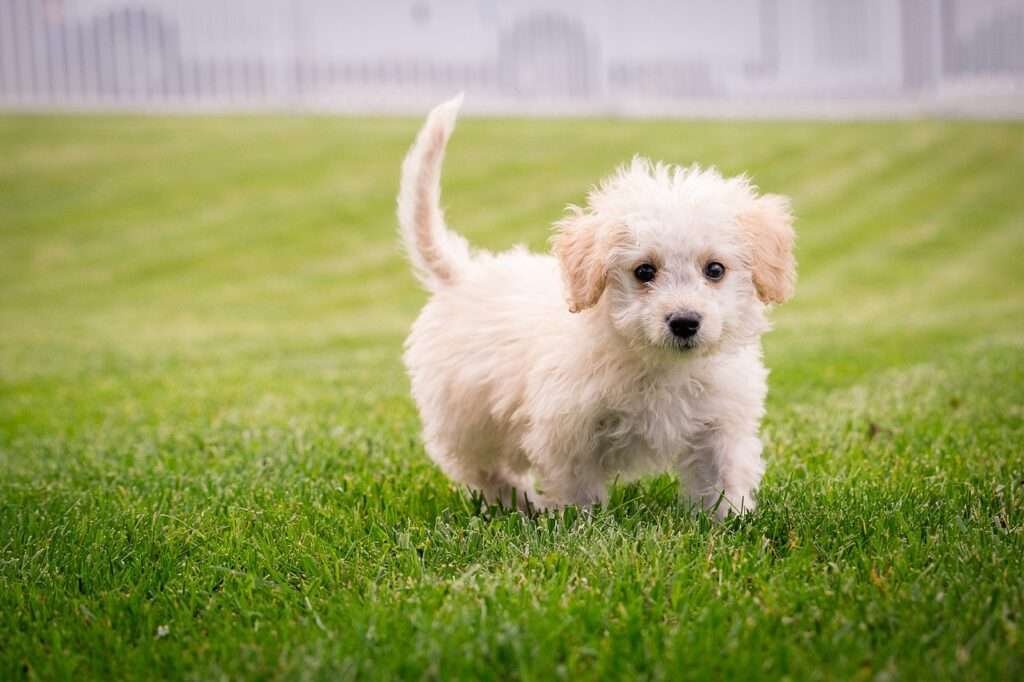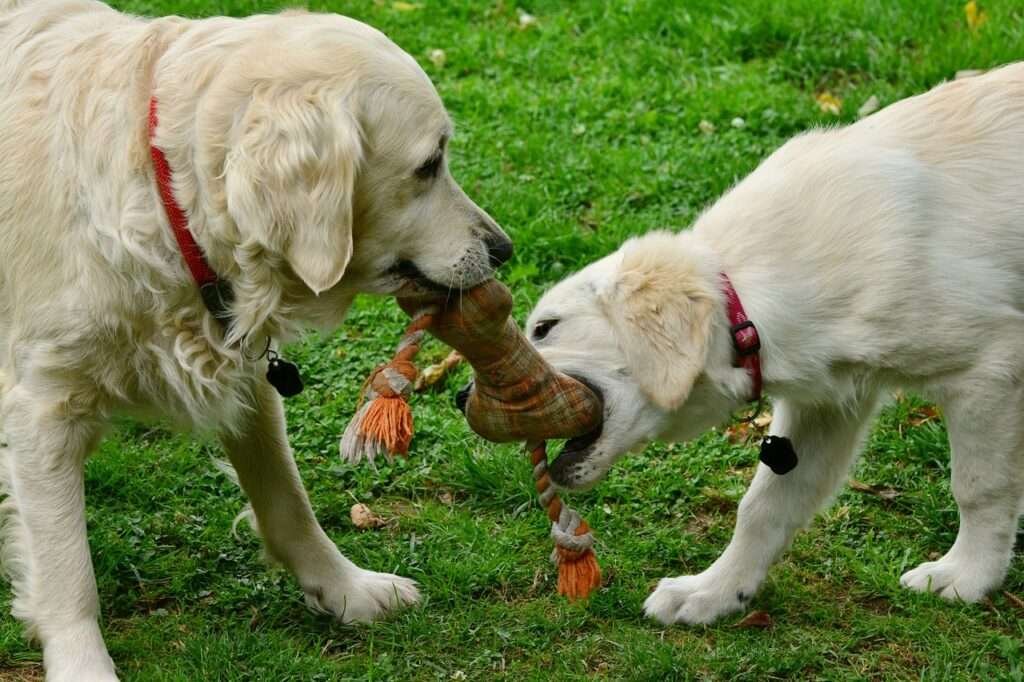The pit bull, a fighting dog originating in England, Scotland and Ireland in the 19th century, was derived from a combination of bulldog and terrier breeds, specifically for hunting purposes, especially to catch and ward off semi-feral livestock. Historically, the term “pit bull” has encompassed several breeds, including the bull terrier, American Staffordshire terrier, and Staffordshire bull terrier, but it lacks recognition as a distinct breed by the American Kennel Club. In 1898, the United Kennel Club was the first organization to officially recognize the breed, naming it the American Pit Bull Terrier. Similarly, the American Dog Breeders Association (ADBA), focused on promoting the American Pit Bull Terrier’s positive traits such as loyalty, dedication and athleticism, also recognizes the breed.
Originally, pit bulls were selectively bred and trained to show aggression towards other dogs, while aggression towards humans was discouraged, as the dogs needed to be handled by their trainers during fights. Dogs exhibiting human aggression are not selected for breeding. However, the resurgence of illegal dog fighting encourages irresponsible breeders to encourage aggression towards humans and mistreat dogs. High-profile attacks on humans by dogs known as pit bulls have led to bans or restrictions on ownership of the breed in some areas. Some animal welfare organizations routinely believe dogs to be pit bulls, deeming them unsuitable for adoption. In response to the negative stigma surrounding the breed, many pit bull owners and organizations such as the ADBA consistently condemn mistreatment of the breed by irresponsible owners, arguing that improper training can lead any dog breed to exhibit similar aggressive behavior.
Table of Contents
ToggleNature of Pit Bull
Pit bull type dogs typically exhibit a strong, compact body characterized by a well-developed chest and broad, square skull. They are famous for their steadfastness. When presented with a challenge, whether it’s mastering a new skill or digging a hole, they demonstrate tenacity and perseverance. Furthermore, they usually show a fondness for human company, engaging easily with strangers and seeking affection. Basic training and socialization play an important role in raising pit bulls. Without proper guidance, their considerable size and strength can be a challenge, as they may forcefully pull their ribs or jump enthusiastically to greet them.
Understanding Qualities of Pit Bull for use
Pit Bulls Love People.
Pit Bulls are easy learners in training sessions.
Potential to be Guard dog.
Having Good personality.
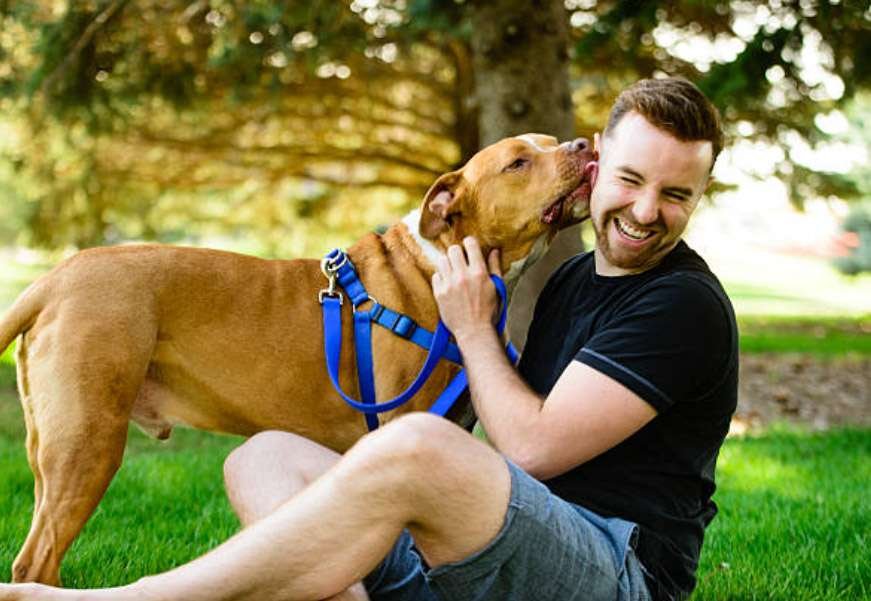
Pit Bulls Love People
With their affectionate and devoted natures, pit bulls often excel as companions to their human counterparts, exhibiting an ideal trait common to the breed. However, like all dogs, their behavior and behavior depends on their upbringing. If raised to demonstrate dominance and reinforced for aggression-based defensive behavior, they may develop such behavior.
One may wonder why pit bulls sometimes show aggression? Although there is no flawless dog breed, pit bulls are raised with an emphasis on respectful boundaries and positive reinforcement for desired behavior and eagerly strive to please their owners. This often manifests in displays of affection, hugs and those fuzzy wet pit bull kisses.
Potential to be guard dog.
All the qualities that make a good protection dog also apply to good guard dogs. However, much depends on the training of each individual dog.
Guard dogs often rely on their own judgment when it comes to defending their territory, meaning you, as the owner, may not always be there when they need to act. Training any dog breed to be a guard dog presents unique challenges.
This is where some pit bulls can fall short. Despite their stern appearance, many pit bulls are actually gentle and affectionate. Pit bull enthusiasts often attest to their dog’s loving nature, showing affection through kisses rather than aggression with their powerful jaws.
However, with thorough and meticulous training, your pit bull can become an effective guard dog, preventing potential intruders from entering your property.
Pit Bulls are easy learners in training sessions
Driven by the desire to please their owner, pit bulls are motivated to obey orders and gain approval from their owners. Adequate positive reinforcement and affection not only ensures their good behavior but also increases their desire to please. A notable trait among pit bulls is their ability to master various commands and techniques through training.
A basic understanding of a dog’s behavior and active socialization is essential to reduce the likelihood of aggression towards other dogs or humans. According to DogTime, pit bulls’ tenacity, courage and eagerness to please make them popular competitors in weight pulling, agility and obedience competitions. Dogtime ranks pit bulls highly, giving them a score of 4/5 for ease of training, propensity to roam, and intelligence.

Having Good personality
Most pit bulls make pleasant companions, showing gentleness and patience towards all family members, although this is perhaps less so with fellow pit bulls. However, as with any species, there are occasional exceptions.
Bred for courage and determination, pit bulls display a resilient and persistent nature, persevering in their pursuits despite challenges. These traits make them stubborn, resilient and fearless. It is advisable, as with any large breed, to supervise pit bulls when they are around children.
5 Breeds of pitbull dog
American Bully
American Pit Bull terrier
American Staffordshire terrier
Staffordshire bull terrier
American Bulldog
American Bully
The American Bully emerged as a new breed in the 1980s and 1990s. It received recognition from the United Kennel Club in 2013, although it is not yet recognized by the American Kennel Club. Derived from a mix of the American Pit Bull Terrier and other Bulldog-type breeds, Bullies exhibit a more compact build with a broader head than their Pit Bull ancestors. Ethically bred bullies are specifically bred for their gentle and affectionate temperament. Despite their strength and athleticism, Bullies need plenty of exercise and socialization with both people and other dogs to maintain their happiness and well-being.
Physical Characteristics:
Compact, strong, and muscular build
Short and smooth coat
Coats are available in a wide variety of colors and patterns
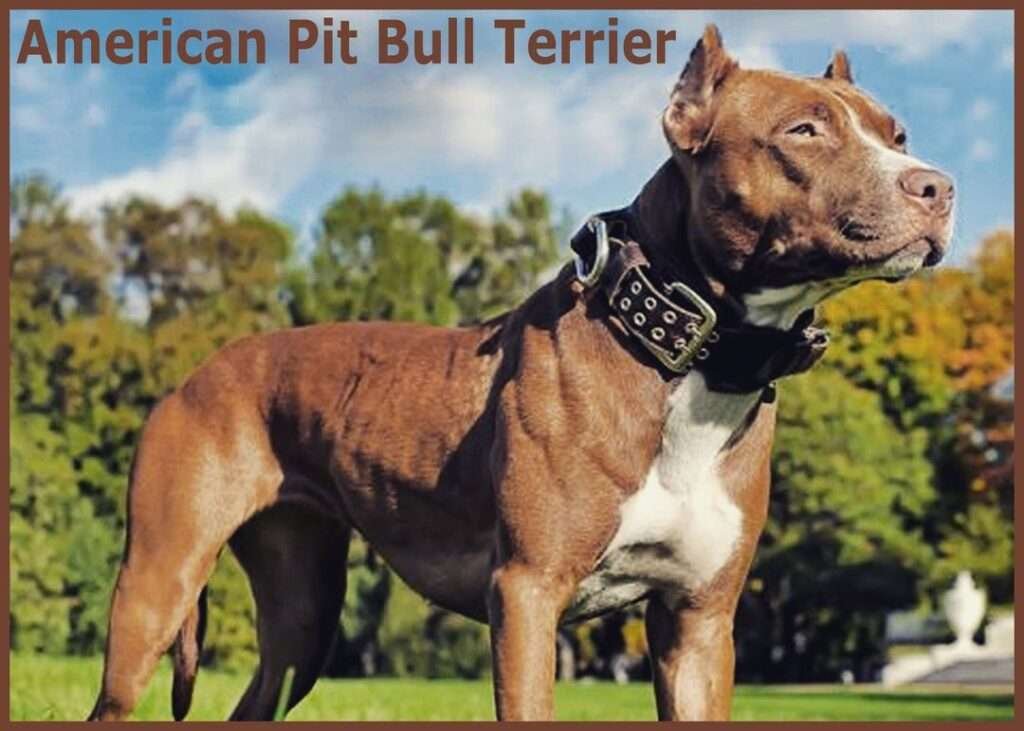
American Pit Bull terrier
The American Pit Bull Terrier, recognized by the United Kennel Club but not the American Kennel Club, traces its roots to 19th century terriers and bulldogs from the United Kingdom. Developed in North America in the late 19th century, the breed unfortunately became associated with dog fighting. Modern American Pit Bull Terriers may exhibit a high hunting drive and may not always get along with other dogs, but they are known for forming strong bonds with their families, showing loyalty and affection.
Physical Characteristics:
muscle structure
Short coat
Available in a variety of colors including black, white, brindle, fawn, blue, red, brown, tan and grey

American Staffordshire terrier
The American Staffordshire terrier is also descended from the 19th century terrier and the English bulldog. Developed in North America in the late 19th century, this breed is larger than its English counterparts and less commonly used for fighting. Although American Staffordshire Terriers can exhibit a high hunting drive and may not always get along with other dogs, they are known for their loyalty, playfulness, and good disposition with their families.
Physical Characteristics:
Short coat
Available in a variety of colors including black, brown, blue, fawn, red and liver, with brindle pattern and/or white markings.

Staffordshire bull terrier
Originally bred for dog fighting in the 19th century, the Staffordshire Bull Terrier is now known for its loyalty and affection for its family. These dogs often enjoy snuggling with their owners and tend to be patient and gentle with children. However, they may experience separation anxiety and be selective with other dogs. Perfect for active families with plenty of time for attention and exercise.
Physical Characteristics:
muscle structure
Available in colors including black, blue, brindle, fawn and white
American Bulldog
Descended from the English bulldog, the American bulldog was originally bred to bait bulls in the 17th century before becoming a farm working dog and family companion in North America. Despite their large size, American Bulldogs are affectionate with their families and often enjoy sitting on laps. They can be protective, requiring training and socialization from a young age to ensure friendly behavior towards outsiders.
Physical Characteristics:
Stocky build with a deep chest and small mouth
Usually white, red, black, or with patches of brown or gray shades
Can pitbull be good pet?
Numerous articles abound online about Pit Bulls, with some depicting them as aggressive, bloodthirsty dogs, while others portray them as loving family pets eager to obey and please their owners. Love them or hate them, Pit Bulls rank among the most popular dogs in America. With many families welcoming these handsome dogs into their homes, the question naturally arises: Are they protective of their owners?
The answer is a resounding yes: Pit Bulls are incredibly protective of their owners. However, their protective nature goes beyond mere temperament.
Pit Bulls exhibit loyalty and protectiveness towards their owners because of the love and care they receive. Even without formal training, Pit Bulls often display protective behaviors. Training serves to amplify their innate protective instincts, taking them to a whole new level – one that few intruders would dare to challenge! Let’s delve deeper into what makes these dogs so protective and how you can effectively harness their potential.
What Makes Pit Bulls Protective and safe option
As previously mentioned, a Pit Bull’s protective instincts towards its owner are deeply rooted in the love and care it receives within a family setting. Responsible dog owners prioritize the well-being of their pets, which includes regular walks, providing nutritious food, and ensuring they have a clean, comfortable bed. Additionally, the tone in which you communicate with your dog matters greatly, as they are sensitive animals who thrive on affection from their owners.
However, beyond these external factors, there are inherent qualities and attributes that contribute to the Pit Bull’s natural inclination to protect their owners. Consider just a few of these outstanding traits:
Loyalty:
Pit Bulls are renowned for their loyalty to their owners. Similar to many service or working dogs, these pups exhibit unwavering loyalty and dedication to their owners, often standing by their side in both good times and bad, even in the face of danger.
However, loyalty requires nurturing. Later on, we’ll discuss various training methods to help cultivate the protective instincts of your Pit Bull, many of which also contribute to fostering their loyalty. So keep reading to discover how!
Fearlessness:
While Pit Bulls are known for their playful and affectionate nature, they also display remarkable fearlessness when confronted with danger. Unlike some other breeds that may flee from threatening situations, Pit Bulls are known for their courage and willingness to confront aggressors head-on. This fearless attitude makes them invaluable family members, particularly if you have young children or need a protective companion for your loved ones.
Intelligence:
Pit Bulls are highly intelligent dogs, capable of learning new commands and tasks with ease. Many owners have successfully trained their Pit Bulls to respond to specific cues or commands, enabling them to act swiftly and decisively in various situations. Their ability to assess and respond to threats makes them adept at protecting their owners. Additionally, their intelligence allows them to learn complex tasks, such as opening gates or navigating confined spaces, further enhancing their protective capabilities.
Athletic Ability:
Pit Bulls possess a strong and muscular physique, coupled with long legs that enable them to run at impressive speeds. Their athletic build instills them with confidence, knowing they can physically defend their loved ones if necessary. Unlike some breeds that may opt for flight in dangerous situations, Pit Bulls are more inclined to stand their ground and protect their family members. Their agility, strength, and endurance enable them to outmaneuver and outperform many other breeds, reinforcing their role as protectors.
Training Your Pit Bull:
Given their intelligence and trainable nature, it is essential to effectively train your pit bull to harness their defensive instincts without being overly aggressive. Professional trainers can tailor a training program to your dog’s needs, balancing safety and socialization. Alternatively, you can train your pit bull at home, focusing on teaching them to respond to specific commands and making sure they remain well-socialized.
Age-Appropriate Training:
Training your pit bull can start at a young age, with puppies as young as 8 weeks old able to learn basic commands and behaviors. Establishing a regular training schedule and incorporating socialization from a young age will help your Pit Bull develop good listening skills and focus, even in distracting environments.
Best Training techniques:
We strongly support positive reinforcement in dog training. Keeping a snack nearby can be extremely effective during safety training with your puppy. Reward them for following commands willingly, as this acts as an additional incentive for them to respond accordingly in the future.
Training does not have to be overly complicated. For example, you can keep your puppy secured in a crate at home and have someone slowly approach you. Guide your puppy along using the predefined safe words mentioned earlier to work. Gradually raise your voice as the person approaches, eventually trying to chase them away with a loud shout or command.
This process will excite your puppy and teach them to mirror your strength and confidence. Teach them to bark aggressively, and when they do, ask the person to move. This helps your dog understand that the first option is to use their voice instead of their teeth when defending you. Again, reward them for enthusiastically joining in by barking or barking.
Another effective method is to walk them on a short leash. This teaches them that their ‘space’ to protect them extends beyond their home to include their owner. Use the same safe words when approaching friends or strangers when walking. This reinforces their natural instinct to obey their owner when threatened.
However, just as we use positive reinforcement to reward our puppies for correct behavior, we must correct them when they make mistakes. Do not resort to smacking or beating your dog into submission. Instead, if they are behaving inappropriately, ask them to sit down and show that the person they are reacting to is a friend, not an enemy. This helps your dog understand that there is no immediate danger, promoting friendly, non-aggressive behavior towards your friends.
Can an average pit bull be a great guard dog?
Of course, an average pit bull has the potential to be a great protection dog. Their inherent qualities, such as extreme loyalty, fearlessness and intelligence, lay a strong foundation for excellence in protection roles. Even without formal training, pit bulls can display protective behavior towards their owners due to their innate loyalty.
However, to fully exploit their potential and ensure effective protection, training is crucial. Proper training can enhance their natural defensive instincts, teaching them how to respond appropriately to different situations. With proper guidance and training, an average pit bull can actually become a reliable and effective protection dog.


